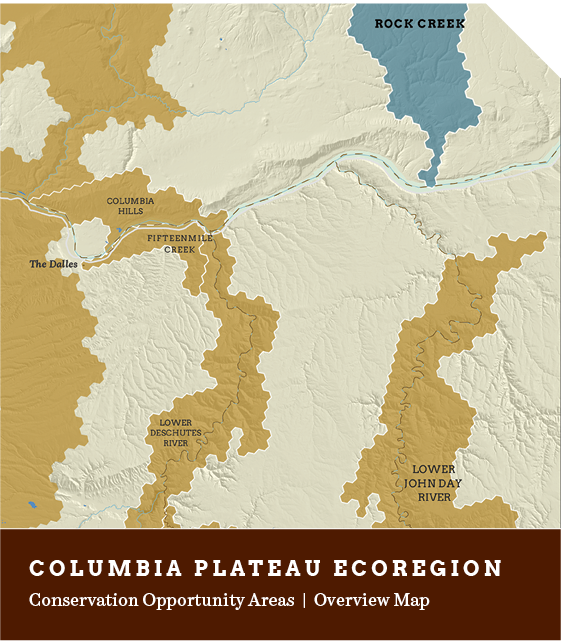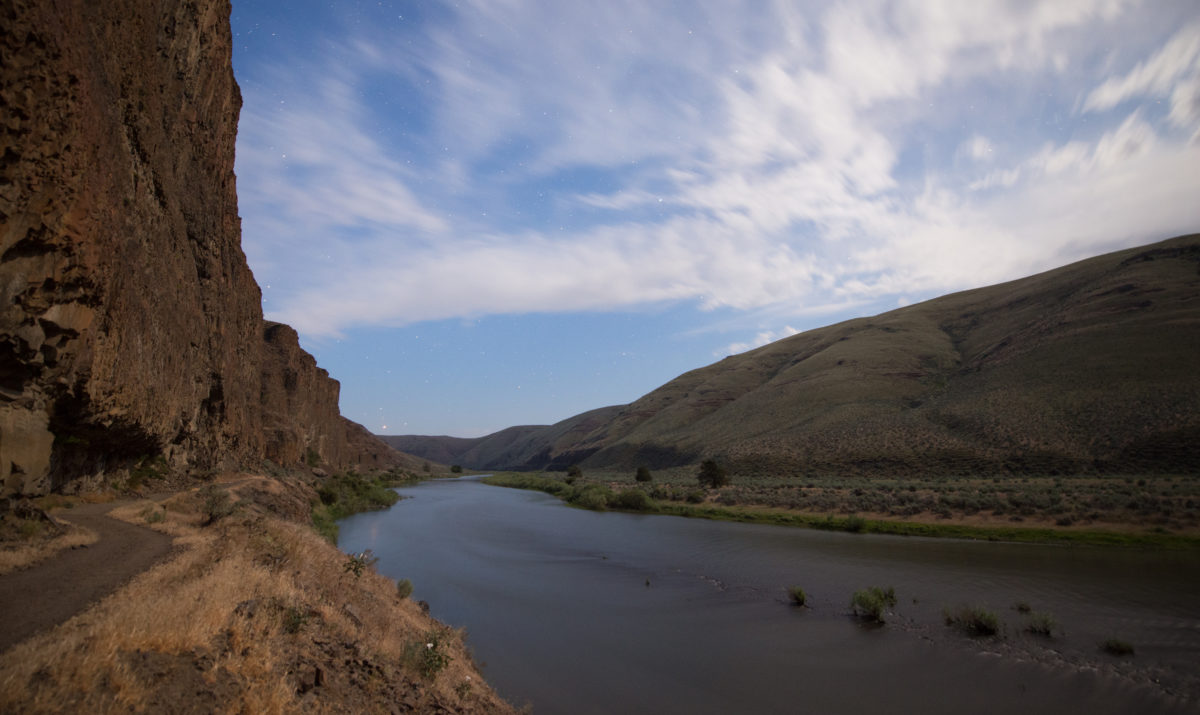Hills of prairie and shrub-steppe make up a striking landscape punctuated by wild rivers. Ranching and agriculture support the local economy. Climate change and land use changes are increasing concerns about water scarcity, a threat to wildlife, agriculture, and drinking water. Columbia Land Trust will identify the most vital shrub steppe habitats, and establish partnerships with local stakeholders, including tribes, counties, and commissions.
Regional Objectives
 PROTECT intact and functional prairie and shrub-steppe habitat from land use conversion and degradation.
PROTECT intact and functional prairie and shrub-steppe habitat from land use conversion and degradation.
RESTORE native plant species, habitat functions, and ecological processes on affected lands.
RAISE awareness of the benefits of conservation in prairie and shrub-steppe landscapes.
INVEST time in the area to learn more and build relationships to determine how we can be most helpful in local conservation efforts.
Conservation Opportunity Areas
Priority 2: Rock Creek
Priority 3: Columbia Hills, Fifteenmile Creek, Lower Deschutes River, Lower John Day River
The Agenda at Work
“We’re tied to the Columbia Plateau through our foods. They take care of us and in return, we’re supposed to take care of them.”
—ELAINE HARVEY, Biologist, Yakama Nation Fisheries
Few people know the nature of Washington’s Rock Creek watershed better than Elaine Harvey, biologist with Yakama Nation Fisheries. In the next four years, the Land Trust will learn from experts like Harvey and engage with individuals and communities who are connected with this landscape, such as tribal members and ranchers, to better understand local opportunities and develop conservation strategies together. Moving forward, we’ll identify highest-priority in-stream, riverside, native prairie, and shrub-steppe habitat and determine Columbia Land Trust’s role in the Rock Creek watershed.
